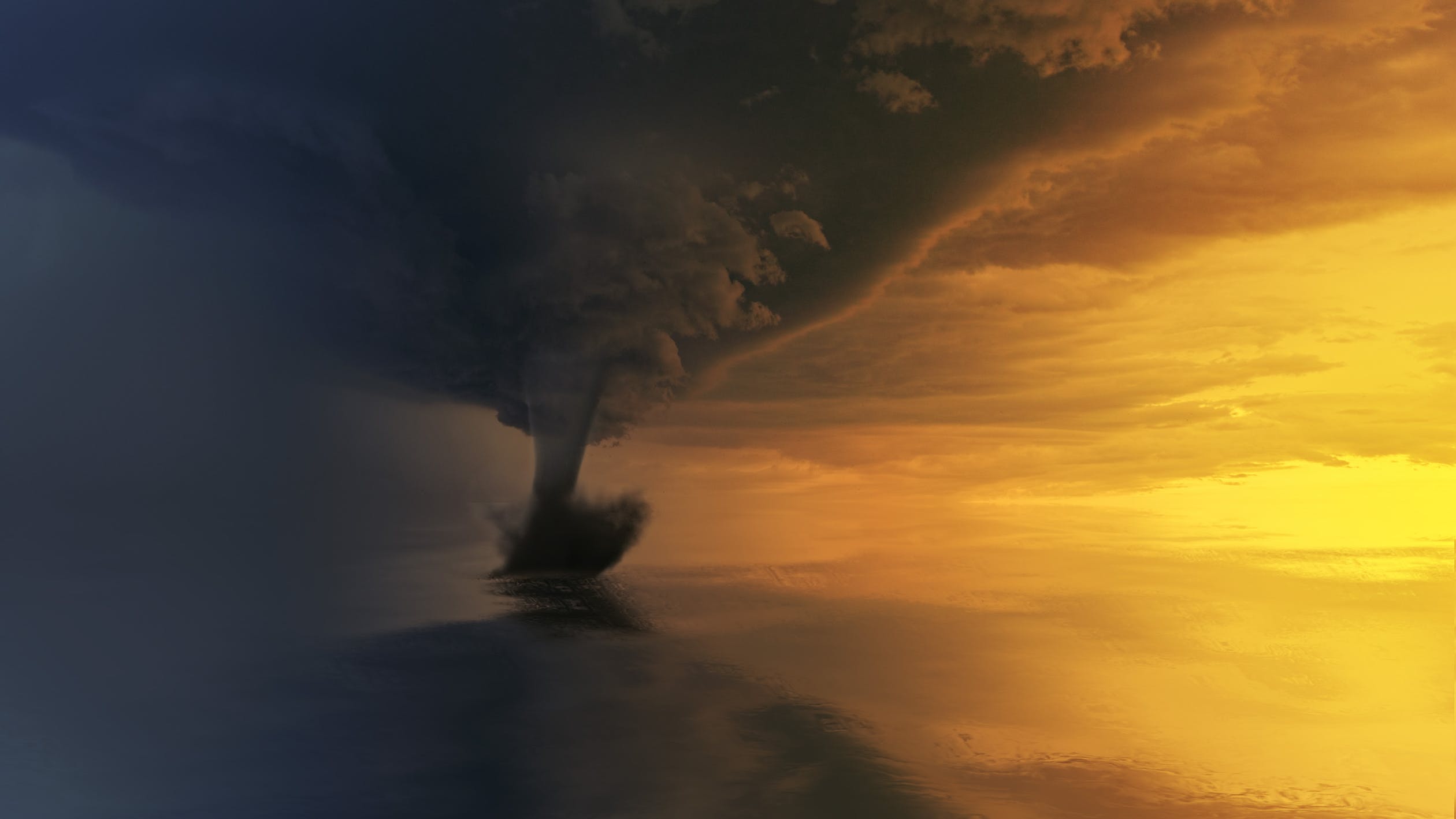
Summer is usually a common season for tornadoes to occur – so it’s important for property owners to understand the basics of tornado protection enhancement for safe rooms and the potential impacts and risks that often accompany these severe weather events.
Tornadoes can occur in nearly any location and in nearly any season, though there are some areas and conditions that make them more likely. Luckily, there are options for protecting individuals and property even if you’re in one of those high-risk situations.
Here’s what property owners should know about tornado protection enhancement for safe rooms.
Tornado Resistant Design for Your Building’s Safe Room
Safe rooms are hardened structures located within homes or buildings that are designed to provide protection during extreme weather events. According to FEMA, safe rooms need to provide near-absolute protection. This means that the occupants inside a safe room during an extreme weather event like a tornado or hurricane should have a very high probability of avoiding any physical harm, including injury or death.
FEMA also provides specific construction guidelines that safe room structures must meet in order to achieve this goal of near-absolute protection. The qualifications for building safe rooms in homes and small businesses are outlined in FEMA P-320. And the qualifications for building safe rooms in community and residential facilities are outlined in FEMA P-361. Though FEMA does not endorse any specific products or installers, the agency does specify some best practices for construction and requirements for testing.
In order for a safe room to meet FEMA standards, it must be able to withstand conditions even from large and powerful tornadoes, including those with an EF-5 rating. The materials used must be able to hold up against high pressure from wind and precipitation, as well as impact from flying debris that may be picked up and flung at various structures during a tornado.
These States Are Most at Risk for Tornadoes
“Tornado Alley” is the term commonly used to describe the part of the United States where tornadoes are most common. Traditionally, this has included many of the Great Plains states, including Kansas, Oklahoma, Nebraska, Iowa, and the northern part of Texas. This area does still get a fair amount of tornado activity. But it’s not the only area that gets more than its fair share of extreme weather.
Parts of the Gulf Coast region, including the Florida panhandle and parts of Alabama, Mississippi, Arkansas, Tennessee, and Louisiana also get a high concentration of tornado activity. This area has been nicknamed “Dixie Alley.” And many of its tornadoes tend to occur in late summer or fall rather than in the early summer, as is more common in the traditional Tornado Alley area.
Neither Tornado Alley nor Dixie Alley is an official designation. They’re simply descriptors used to outline a general area. Their existence also does not mean that other areas cannot experience tornado activity. Tornadoes can occur in any location and at any time. So building owners, residents, and community facilities should always consider the precautions they can take to protect individuals and property, even if they’re not located in these areas.
Tornado Security Solutions Are Both Affordable and Necessary
It’s common for people to assume that safe room installation is out of reach for them both logistically and financially. However, this type of protection is often more affordable than you think. Of course, the specific costs vary depending on what size, materials, and type of safe room your facility requires. But there are plenty of options for every type of building to help you improve safety conditions in the event of a tornado.
The investment in a safe room is even more viable when you consider the risks involved in not having this type of protection. Not only can it protect property and items that may be of value to you, but it can also protect people from serious injury and even death. A FEMA safe room is the only way to provide near-absolute protection for these storms, which can occur without notice at almost any time.
How Tornado Damage to Life and Limb Can Be Mitigated
Tornadoes can be absolutely devastating to the areas they hit. While no one wants to experience serious damage or loss of property, your building’s structure and most of your belongings can be replaced over time. Your life and personal safety are much more important.
To protect yourself and those around you, you need to take action. Every facility should have a complete tornado protection plan. Of course, safe room installation is a very important part of this plan. Work with a trusted safe room provider to build a structure within your building that is able to withstand extreme storms and live up to FEMA standards. If you need help finding a reputable safe room provider visit the National Storm Shelter Association and do some research. Then create a process for actually utilizing that structure in the event of a storm. Depending on your facility, it may also be beneficial to practice getting into the safe room so you can enhance safety in the event of a tornado.
If you want to install tornado protection to improve safety around your home, building, or public facility by adding a tornado-safe room, contact us today. We offer a wide array of security products designed to promote safety and provide protection against everything from extreme weather to ballistics.
Our line of wind and impact-resistant products are tested to meet FEMA standards, providing near-absolute protection from wind, impact, and other weather-related threats. Our team will speak with you to walk you through the tornado-proof safe room options and help you find the solution that is most likely to fit with your budget and building concerns, while still offering the peace of mind that comes with improving safety conditions in tornado-prone areas.

